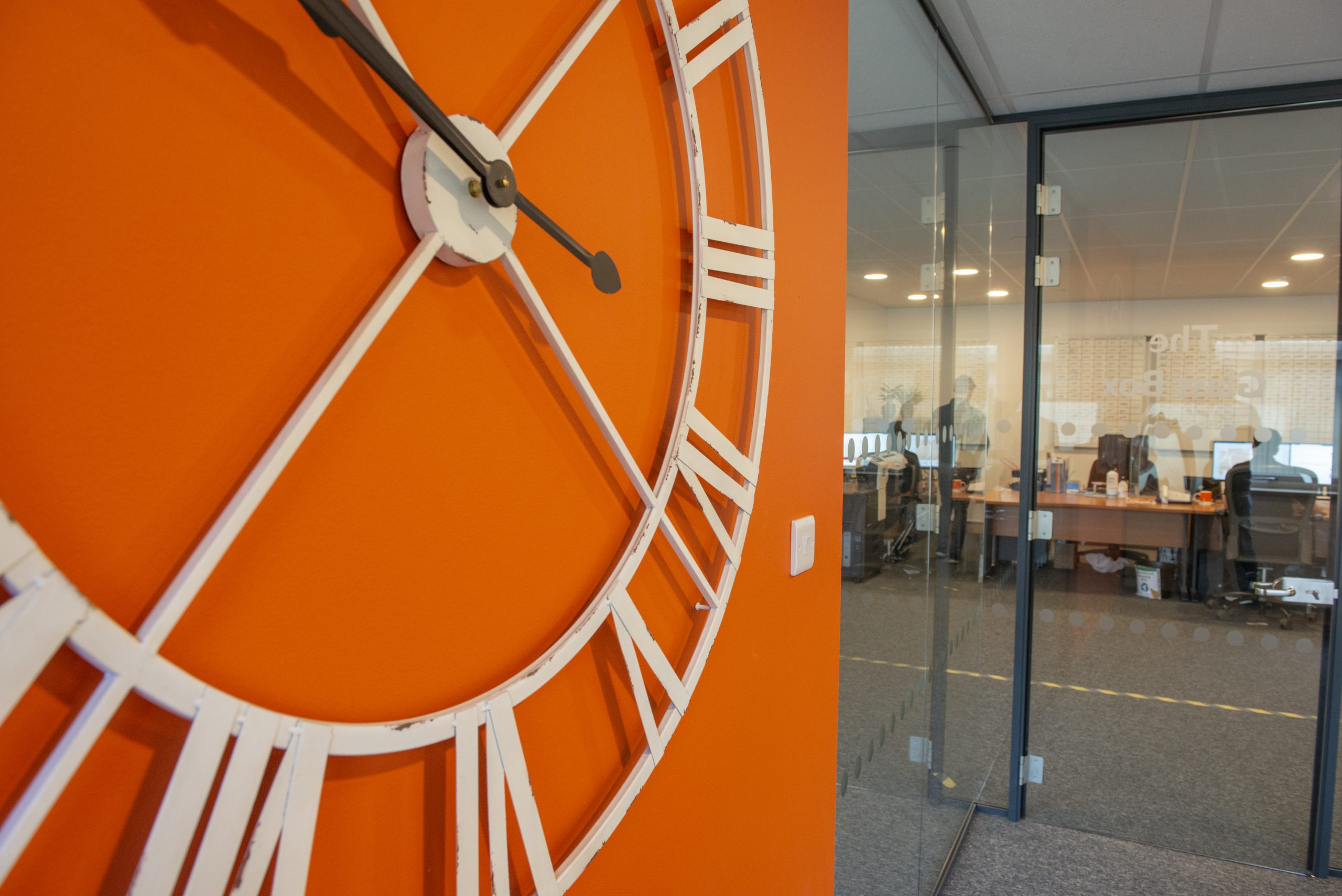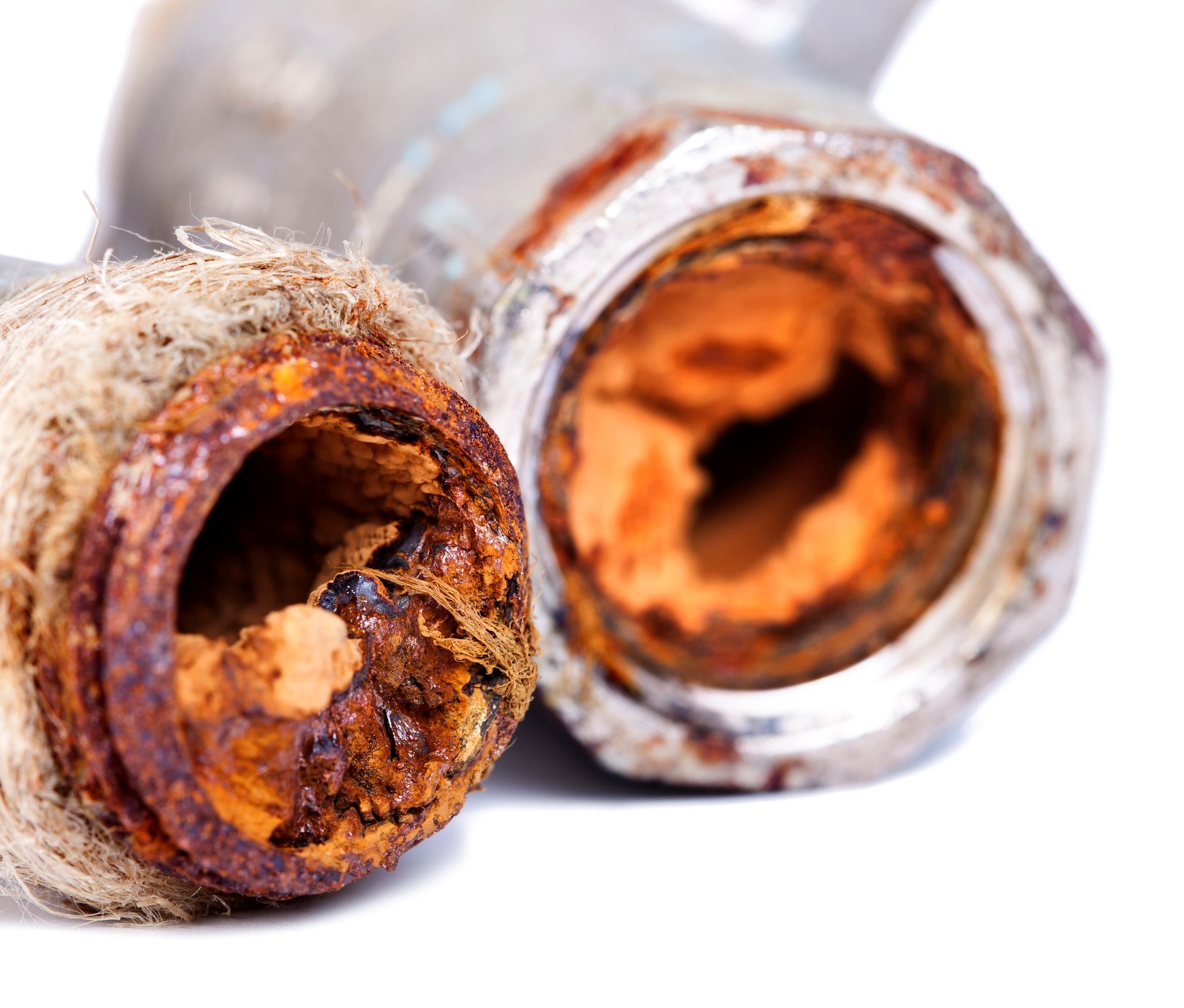Although it is still far too early to comment on the tragic events in West London overnight, other than to express our condolences to those affected by the fire at Grenfell Tower, we share some industry information on the scheme.
The building dates from 1974, when sprinklers were not required in high-rise apartment buildings in the UK. Those requirements only took effect in England in 2007. Since then all new high-rise apartment buildings higher than 30 m have had to fit sprinklers. In Scotland the height threshold is 18 m and in Wales since last year all new apartment buildings and houses must have sprinklers.
We understand that Grenfell Tower was given a major refurbishment, costing £10 million, which was completed last year. Sprinklers are not required in an existing building and all reports indicate that they were not fitted.
New external cladding was fitted and it looks from all the visual evidence that this was combustible. It is unknown whether the cladding was fitted to improve thermal insulation or purely for aesthetic reasons.
At this stage we cannot be certain how the fire started. Reports suggest it began in an apartment on the fourth floor. If that is correct, it is highly likely that a sprinkler system would have prevented the fire from developing as it did.
This fire is similar to The Address fire in Dubai on New Year’s Eve 2016. The difference is that building had sprinklers and nobody lost their lives.
Our source for this post is a European Fire Sprinkler Network (EFSN) communication to members.
The EFSN is a coalition across the fire safety, political and other relevant communities which encourages the greater use of fire sprinklers to save lives and protect property and the environment.
The European Fire Sprinkler Network collects and distributes accurate information about fire losses and fire sprinklers, and connects and supports those who believe that fitting fire sprinklers is essential to help Europe save itself from fire. As a not-for-profit organisation for the public good, the Network welcomes members from many different backgrounds with a common interest in better fire protection.
For further information on fire sprinkler legislation across the UK, click here.






